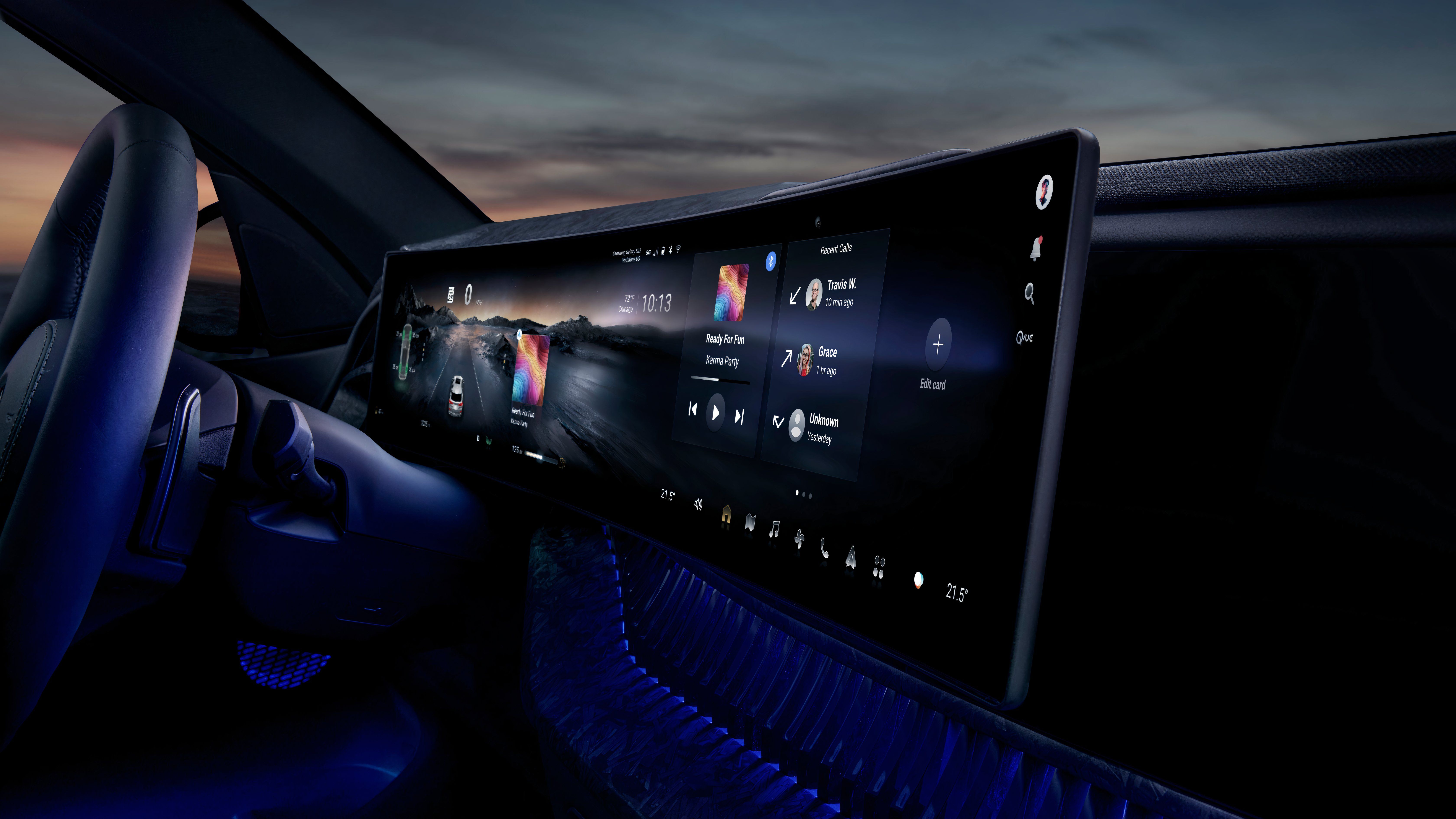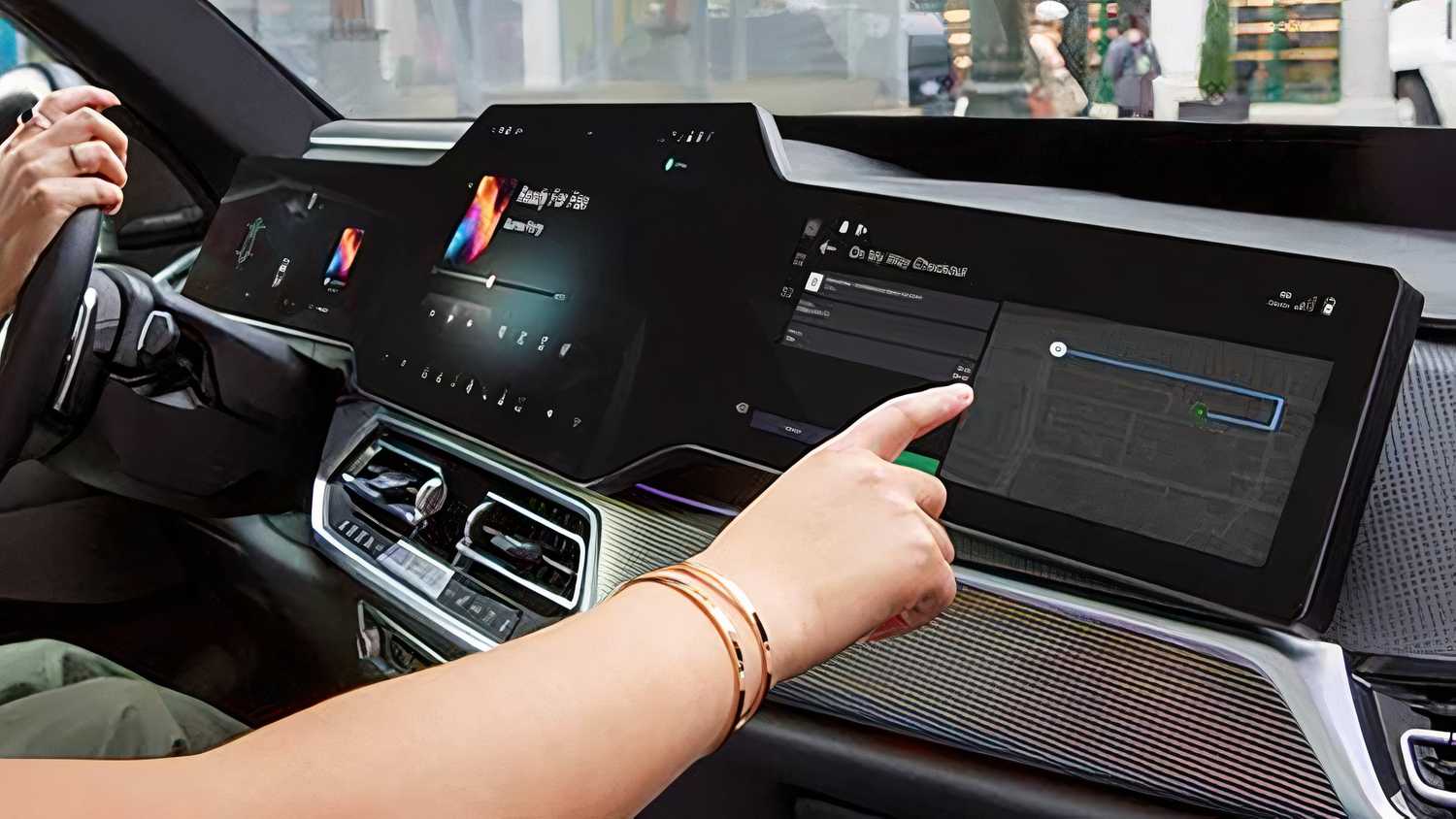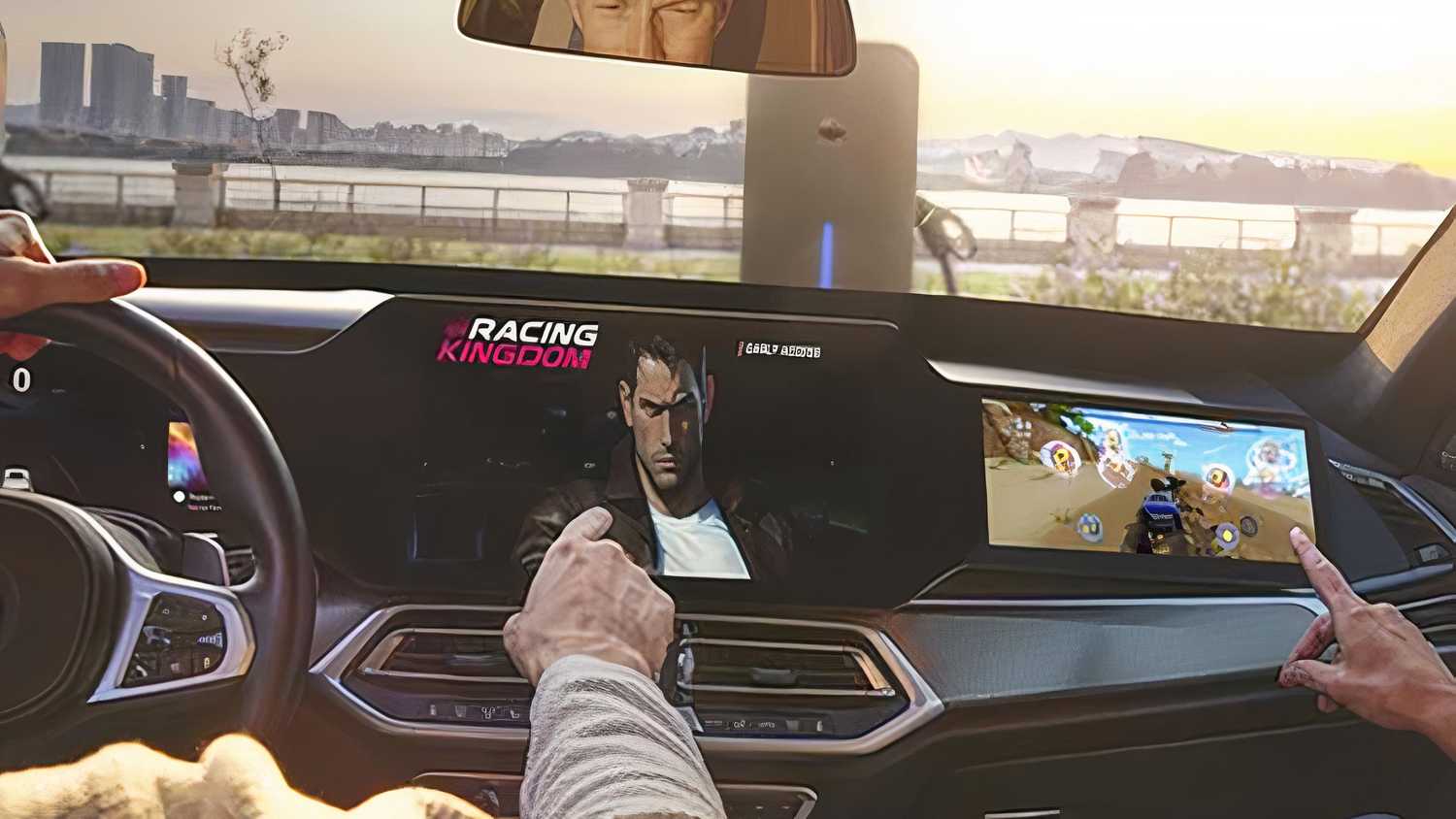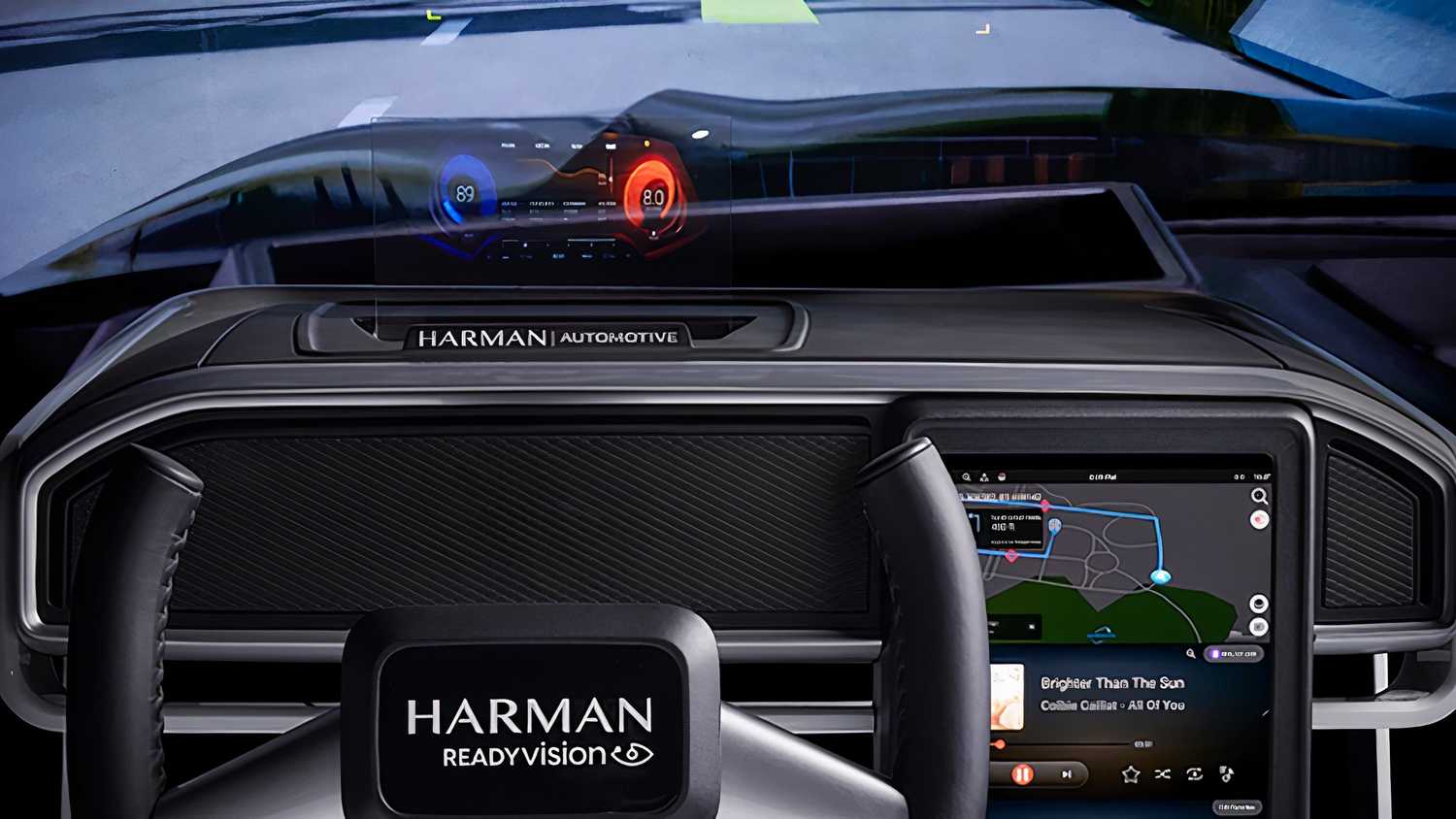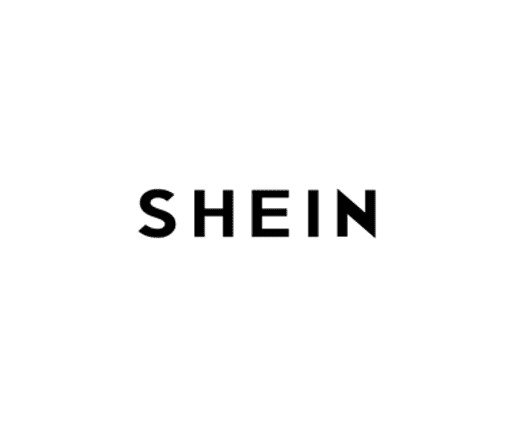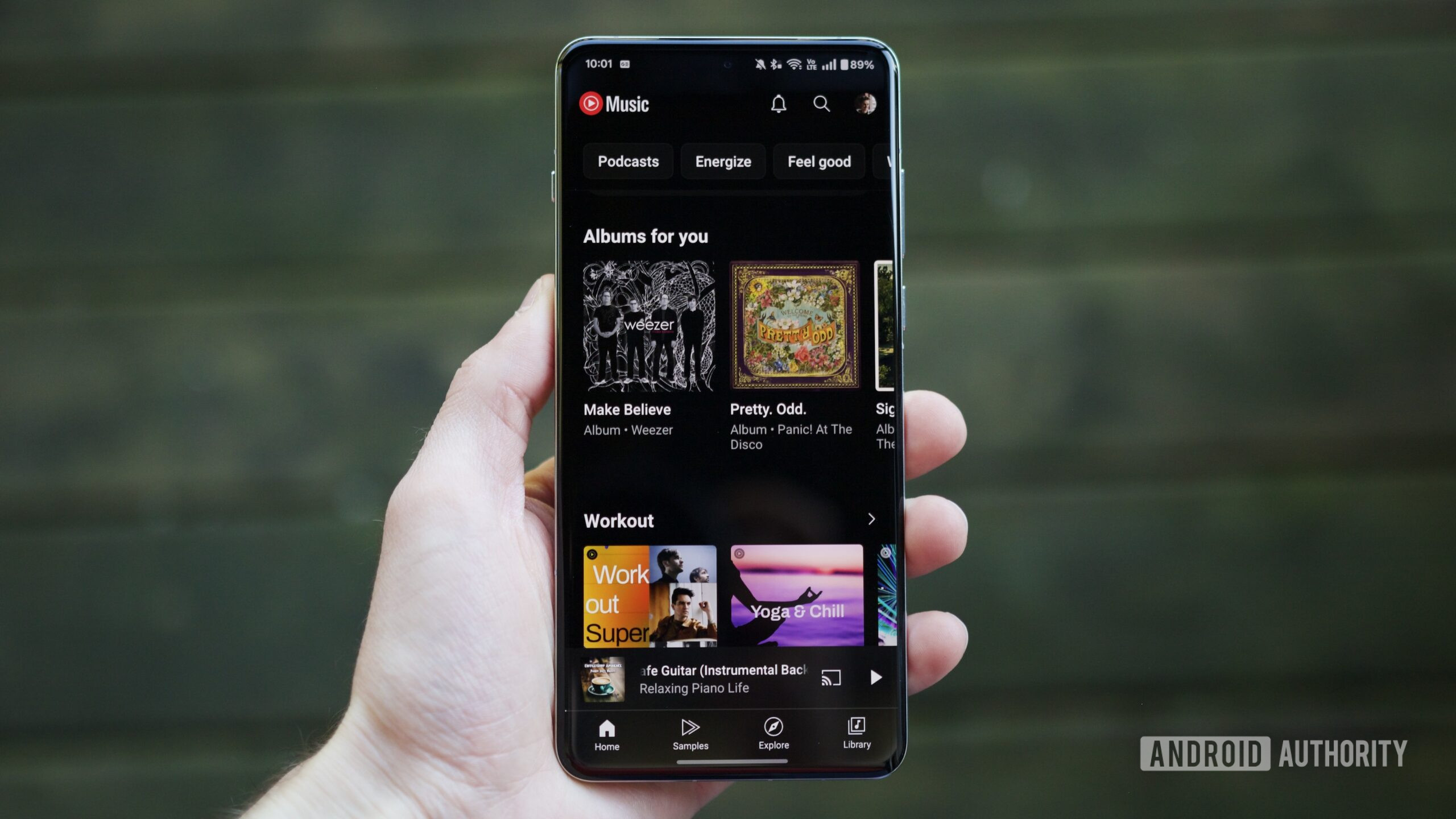In the last four years, how many trips have you made in your car without turning on Apple CarPlay or Android Auto?
Even if it’s a short jaunt to the grocery store or just down the street, you can probably count the amount of times you’ve done so on your own two hands. At this point, they’re the easiest driving infotainment platforms to use. But did you know that the company that made your car probably wishes you didn’t? Instead, they wish you would use their own, native infotainment software, which cost them a pretty penny, and was more than likely designed, tuned, and implemented by a company called Harman — one of the largest automotive tech companies in the world.
In 2023, the global automotive infotainment market was valued at just over $14 billion, and is expected to reach close to $30 billion by the year 2030. A large portion of that is from automotive manufacturers dumping funds into software development and implementation that, up to now, haven’t even been used by the consumer to great lengths. Are you starting to see the problem?
Manufacturers want their identities back
OEMs are tired of giving away free marketing
One of the biggest reasons we’re seeing companies like Mercedes and other large OEMs push back on CarPlay Ultra is brand identity. Now, to give a 30-minute lecture in this article about why that’s important would be nearly impossible, so instead, let me put it this way — manufacturers don’t want you to feel like you’re getting a car with your CarPlay. They want the car to feel like its own entity, which just so happens to come equipped with CarPlay (or not, in the dream scenario of many an automotive executive). In short, manufacturers view CarPlay as free marketing for Apple — a tech company trying to make a dollar off the automotive world.
Where does Harman play into that, you might ask? On the very ground level. Harman already more than likely manufactures the screen that sits on your dash, seeing as they are the world’s leader in infotaiment system supply. They also more than likely own and tune the speaker system that’s in your daily driver as well, seeing as they own brands like JBL, Harman Kardon, AKG, Infinity, and Mark Levinson to name just a few. Nowadays, though, they’re stepping up their game and trying to make native infotainment systems so sound that drivers don’t need CarPlay or Android Auto. Senior vice president Huibert Verhoeven, who recently explained this in an interview with Pocket-lint.
“Our job, together with the OEM, is to have the native OEM experience be so compelling that most customers would gravitate to it automatically… to make what we offer together so compelling that people would be less likely to go to the other mechanisms,” said Huibert Verhoeven, SVP of Digital Cockpit, at Harman
Why Harman can do in-car tech better than Apple
It’s always who you know, not what
Many times in life, I’ve been told that it’s never just about what you know, but almost always who you know, too, and through its already well-established presence in the automotive space, Harman has one of the biggest rolodexes in the industry. Whether it’s large brands with many subsidiary manufacturers in Europe or mainstream OEMs here in the United States, Harman is already contracted with these companies to supply their screens, speaker systems, or both.
Why is that important, though? In all honesty, it comes down to a numbers game. Because these manufacturers already have ties to Harman and their engineering corps, it makes it easier to side with them and vertically integrate their full-fledged digital cockpit software in the first place. Verhoeven explained that, through all the decades of work that Harman has already completed with various manufacturers, Harman is set to deliver product to market quicker than its third-party competitors.
“We have built, I would say, really good bonds to really quickly, individually, be able to talk to people who look at what the car should look like, with very few constraints, but in parallel have the trust of the [manufacturer] commercial team that we can bring this back together,” said Verhoeven. “Five years from now, the intent is for the customer to see us not as a data that’s factory built…they don’t see us as the car audio company, or the display company, or the infotainment company, but they see us as the tech company that enables them…to get an experience that is tailored to what they’re looking for as a brand.”
But what about all my apps
Harman is thinking three steps ahead in that regard
It’s no secret that we here at Pocket-lint love to talk about car-based apps, whether they’re Apple CarPlay or Android Auto-based. However, the biggest problem with most automotive apps is that they aren’t really automotive apps at all. They’re essentially housed on your phone, and your car’s display works as an extension of said phone.
Harman is taking a different approach with what it’s dubbed the ReadyLink Marketplace. Instead of designing app extensions for automotive use, developers on the ReadyLink Marketplace design apps specifically tailored to automotive use only. Below is footage of the real-world display and marketplace in use, with plenty of our favorite apps already ready to go.
This is part of the transition to the next app battlefield — our cars. Harman believes it’s in a prime position to take advantage of this, too, with already over 150 apps bringing diversity to their home-grown automotive app store across five different OEMs. This is thanks in part to the Android Automotive Operating System, which is estimated to be standard on about 70 percent of cars by 2030.
For anyone who has used Android Automotive after experiencing CarPlay, you know exactly how the two are vastly different, but for those who haven’t, just know that while CarPlay operates as an extension of your phone, along with Android Auto, Android Automotive is a full open-source OS that allows OEM’s full customization across the range, and Harman has a direct linkage to it.
The battle for in-car supremacy is no longer just on screens
Where we’re going, we need more than cool screens
Truth be told, the industry might have moved past traditional display technology faster than Apple would have liked. However, Samsung (and Android by association) has kept up with the trends. Remember when I said that the next app battleground would be for space inside our cars? Well, the next display battleground will take place on the largest piece of glass our cars have to offer — our windshields. Through Augmented Reality technology, manufacturers across the globe are working to bring things like AR Heads-Up Displays and windscreens to the mass market as soon as possible, and brands like Cadillac have already done so in their highest-trimed models.
Perhaps Apple CarPlay lagged behind a bit, and will now have to play catch-up, or maybe by 2030, we’ll all be saying ‘remember when Apple tried to get into cars?’ as we scroll on our iPhones.
Harman knows this, too, and is reportedly already thinking of ways to make the current AR experience even better. According to Verhoeven, drivers will be able to change their in-car experience through different apps available through the ReadyLink marketplace and ReadyAware software. In his interview, he gave an example of a driver visiting Chicago or another large city where the traffic patterns are unknown to them. The driver would then be able to access ReadyAware software that would give them more information regarding the landscape and city that they’re in, and feed that information into the car, which would then enhance the AR display with said new information.
In the rough and tumble automotive landscape, times change faster than they do here in the normal world. Manufacturers have to constantly think 5-6 model years ahead in order to ensure that their product is still relevant in the future. Perhaps Apple CarPlay lagged behind a bit, and will now have to play catch-up, or maybe by 2030, we’ll all be saying “remember when Apple tried to get into cars?” as we scroll on our iPhones.
Want to know how big Augmented Reality will be in the automotive market in the next few years? In 2023, the automotive AR market was valued at around $10 billion. By 2030, it’s predicted to reach over $120 billion.

